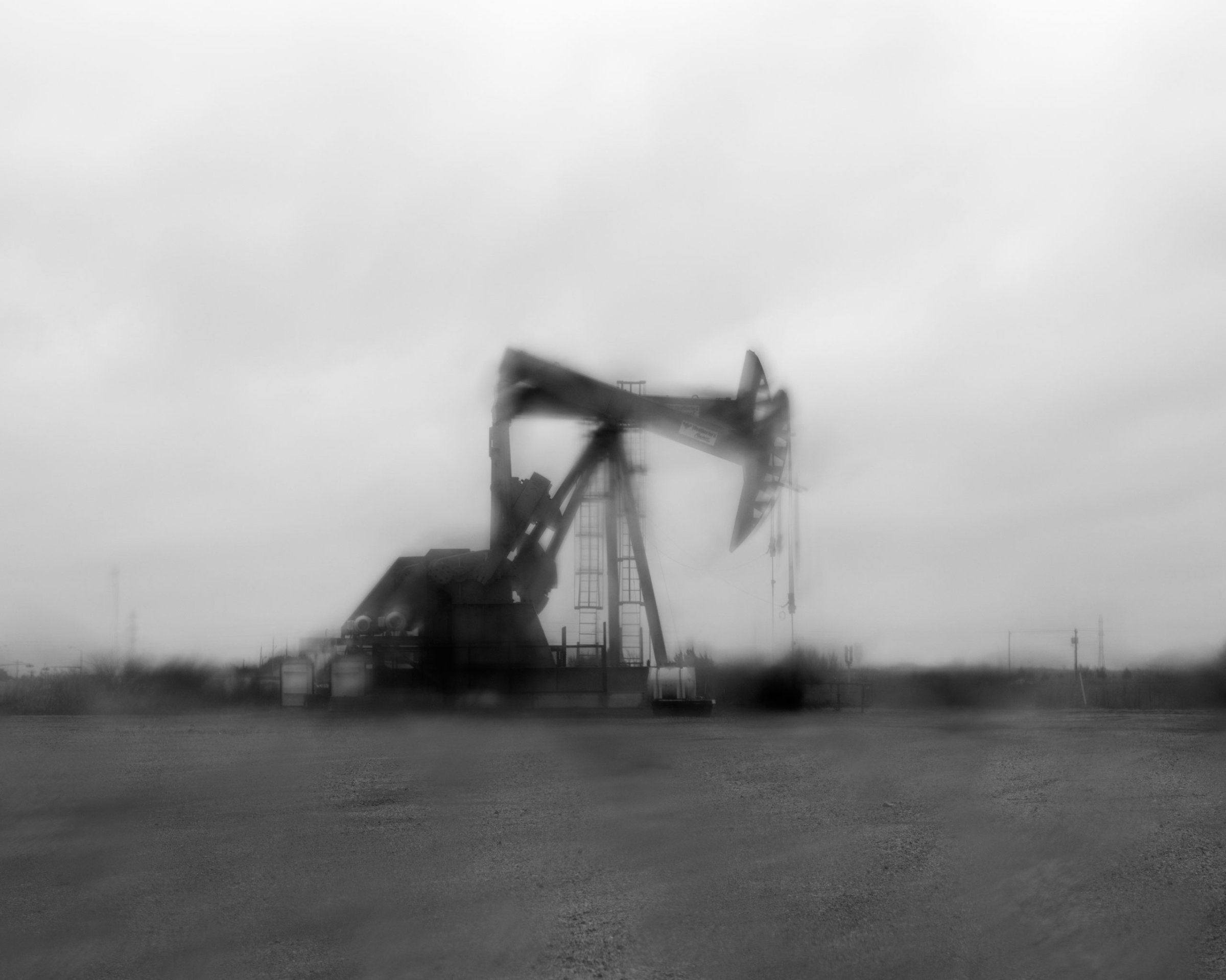
Oklahoma used to be a seismic afterthought, a place with so few earthquakes that in the 1990s it was one of three locations where the Soviets were allowed to monitor American nuclear testing. Today, however, Oklahoma is one of the most seismic places on the planet.
In 2015, the state had 907 earthquakes that were 3-magnitude or greater compared with just one in 2007. Scientists say the growth in seismicity is directly related to the oil and gas industry, specifically the use of disposal wells that reinject back into the earth salty wastewater that comes up naturally during drilling. An estimated 3 billion barrels of water came out of the ground in 2015, and its reinjection has increased pressure on the state’s fault lines, triggering hundreds of tremors in western and central Oklahoma.
Over the last few years, homes have been damaged, property values have fallen, and interest in quake insurance has risen. The state, meanwhile, has been slow to respond. Critics say officials are too reliant on the industry to take any meaningful steps that would put real pressure on the industry, especially at a time when the price of oil has fallen by 70% since 2014. Residents however, are taking action. Some are protesting. Some are suing. Others are even setting up seismographs on their own property to track the quakes themselves.
The state’s oil and gas regulatory agency—the Oklahoma Corporation Commission—says that disposal has decreased significantly in the last several months. But many Oklahomans are still concerned that a big one will hit a populated area like Oklahoma City. Of equal concern are the long-term consequences of disposing billions of barrels of water back underground. Some seismologists say that even if all disposal activity stopped in the state immediately, there could be earthquakes for decades.
John Francis Peters is a photographer based in Los Angeles.
Caroline Smith, who edited this photo essay, is a special projects editor at TIME.
Josh Sanburn is a writer at TIME.
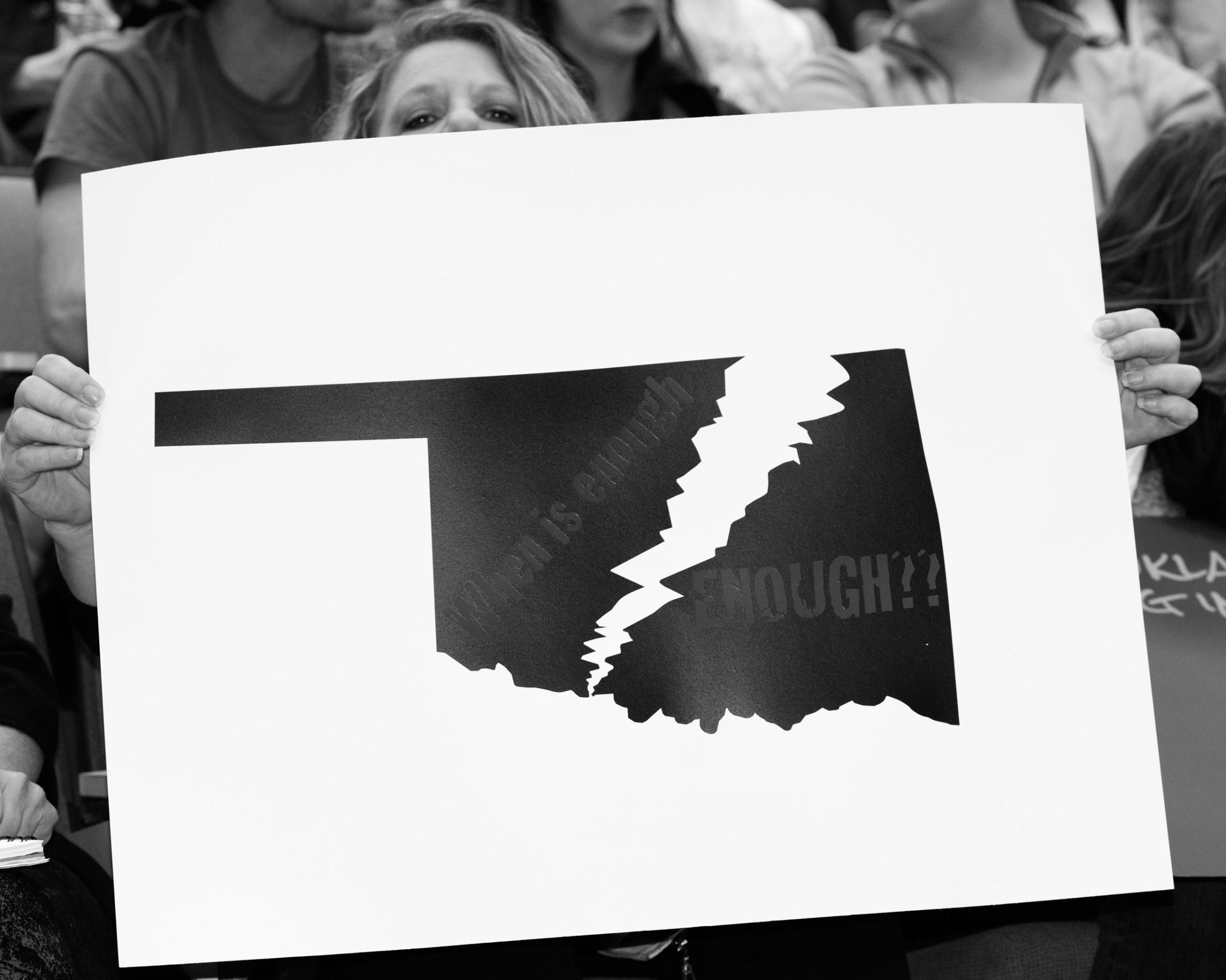

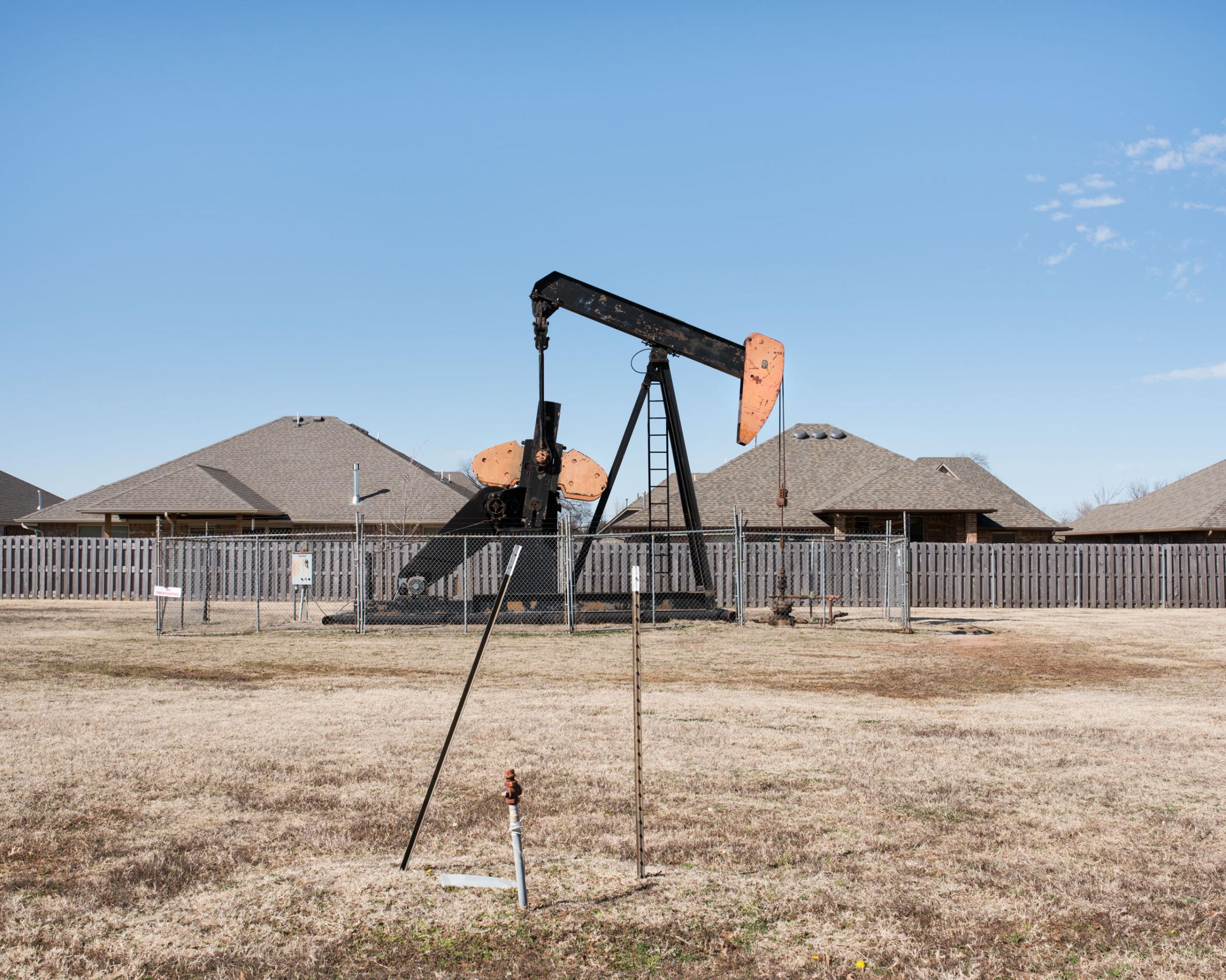

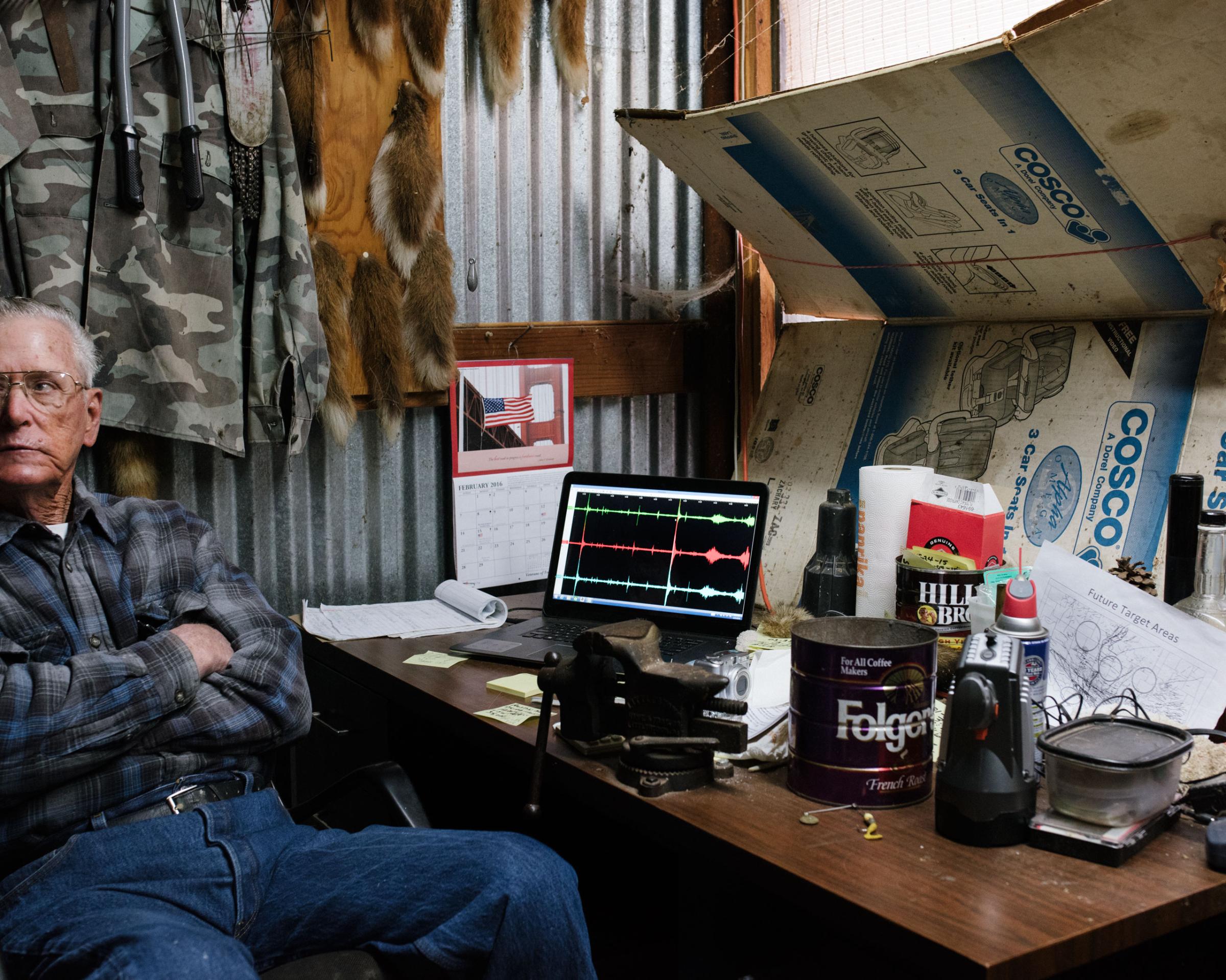




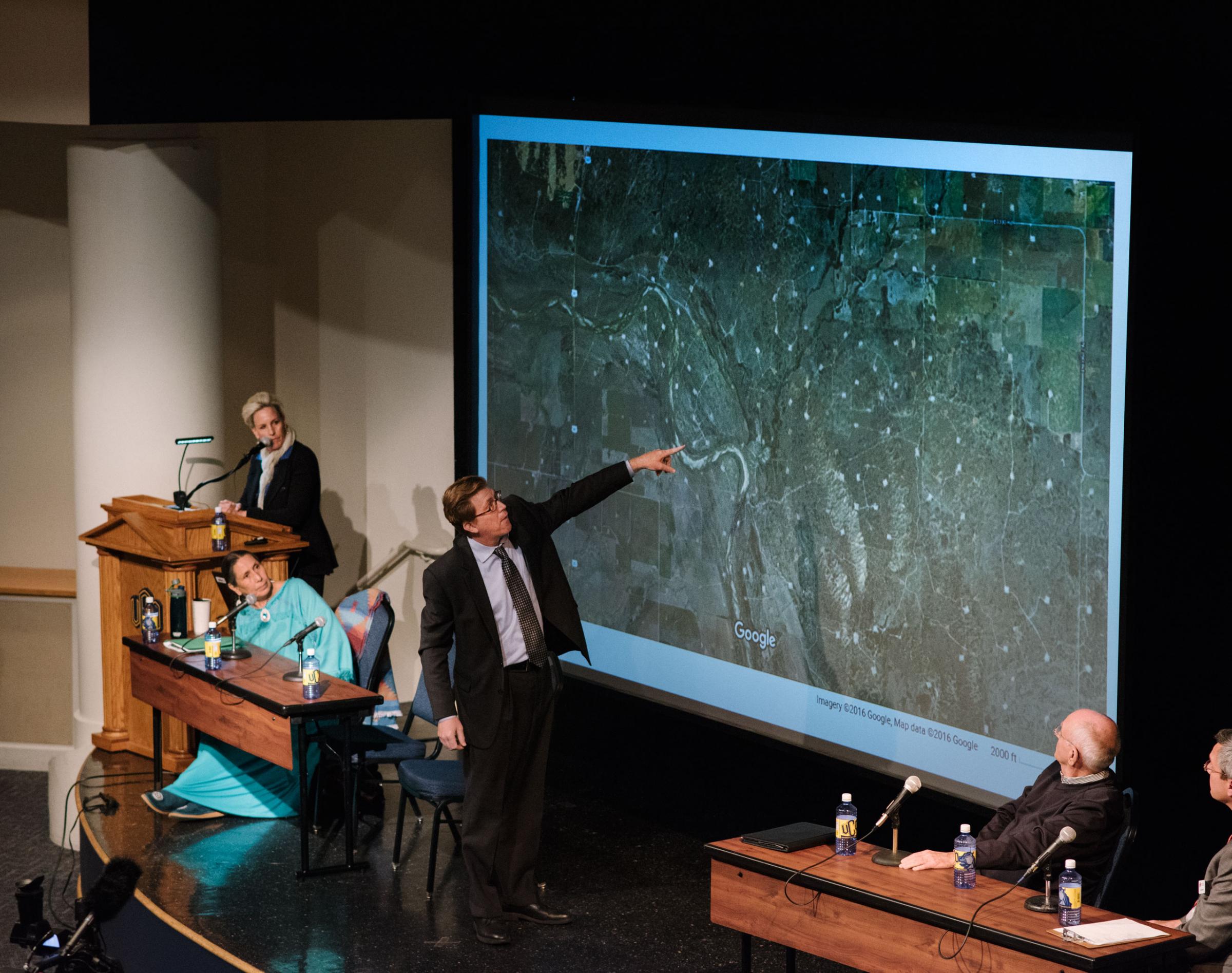


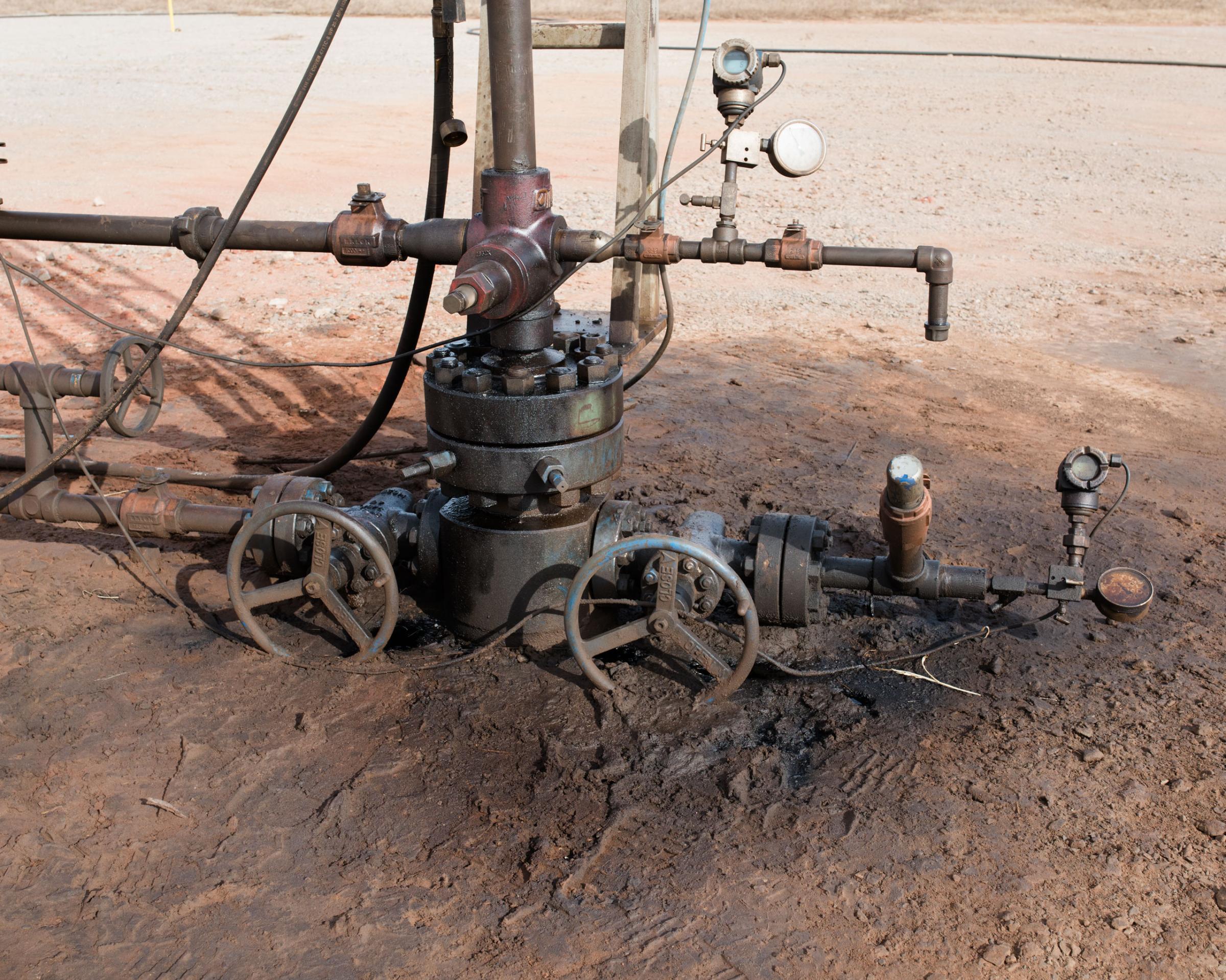
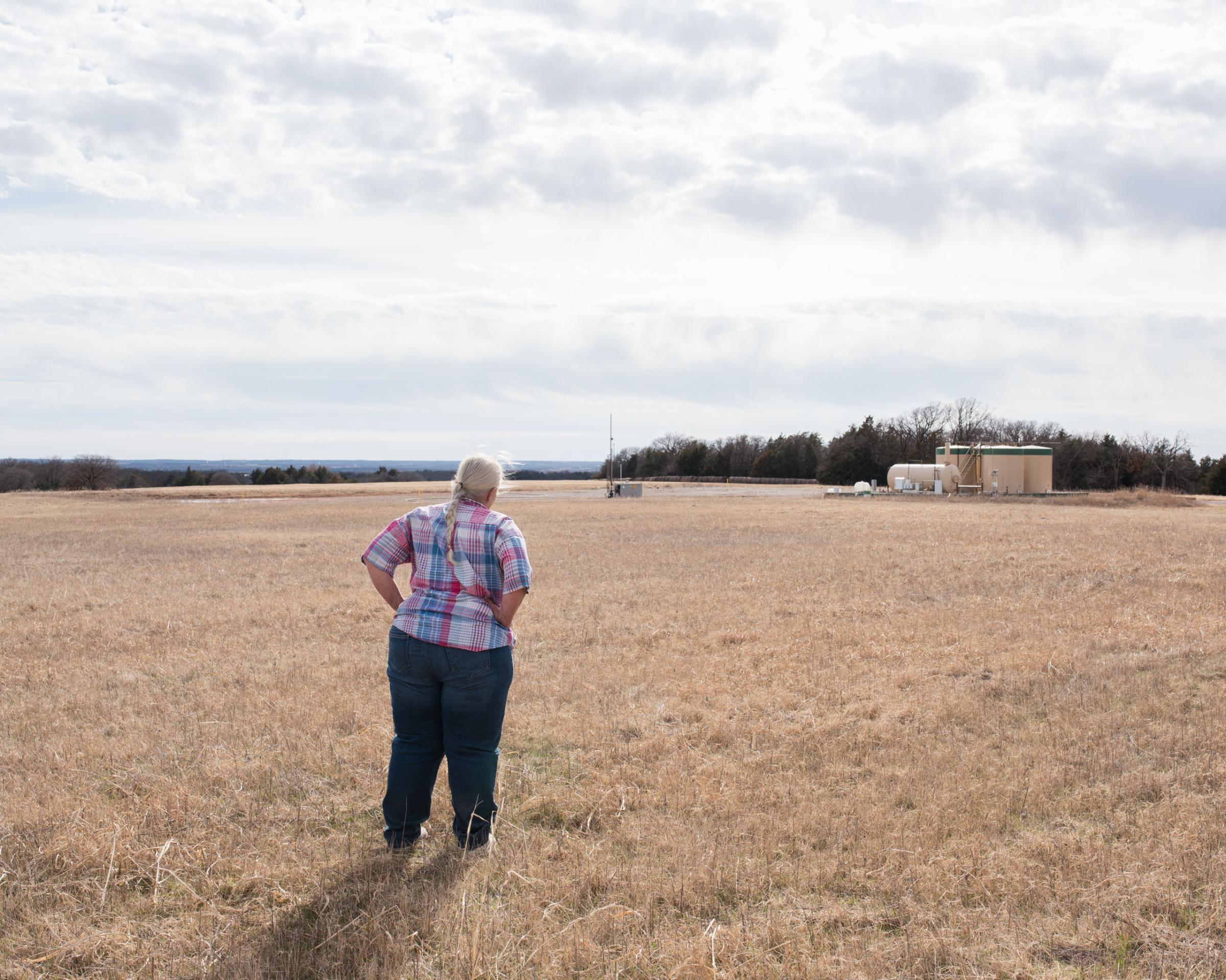
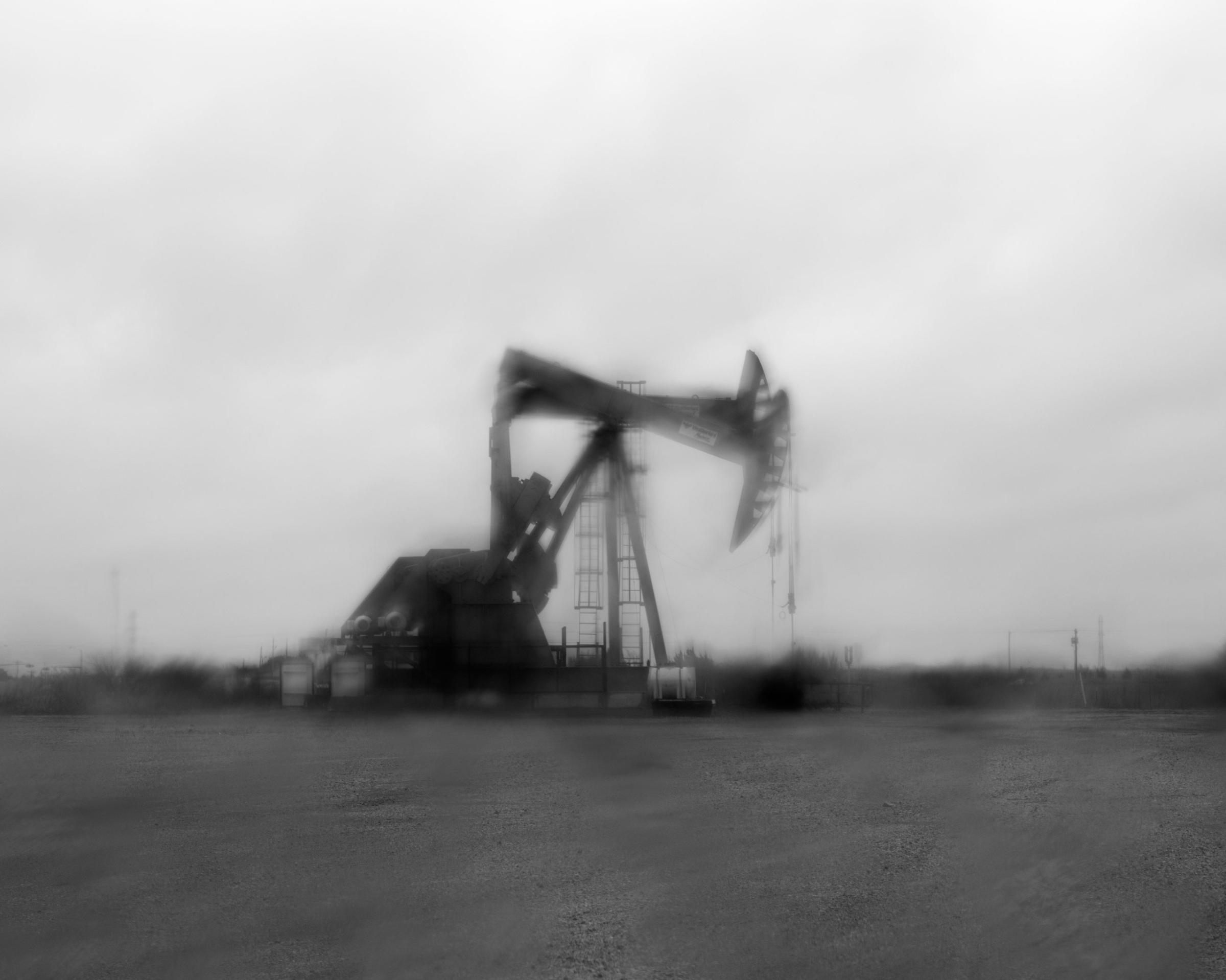

More Must-Reads From TIME
- The 100 Most Influential People of 2024
- The Revolution of Yulia Navalnaya
- 6 Compliments That Land Every Time
- What's the Deal With the Bitcoin Halving?
- If You're Dating Right Now , You're Brave: Column
- The AI That Could Heal a Divided Internet
- Fallout Is a Brilliant Model for the Future of Video Game Adaptations
- Want Weekly Recs on What to Watch, Read, and More? Sign Up for Worth Your Time
Contact us at letters@time.com